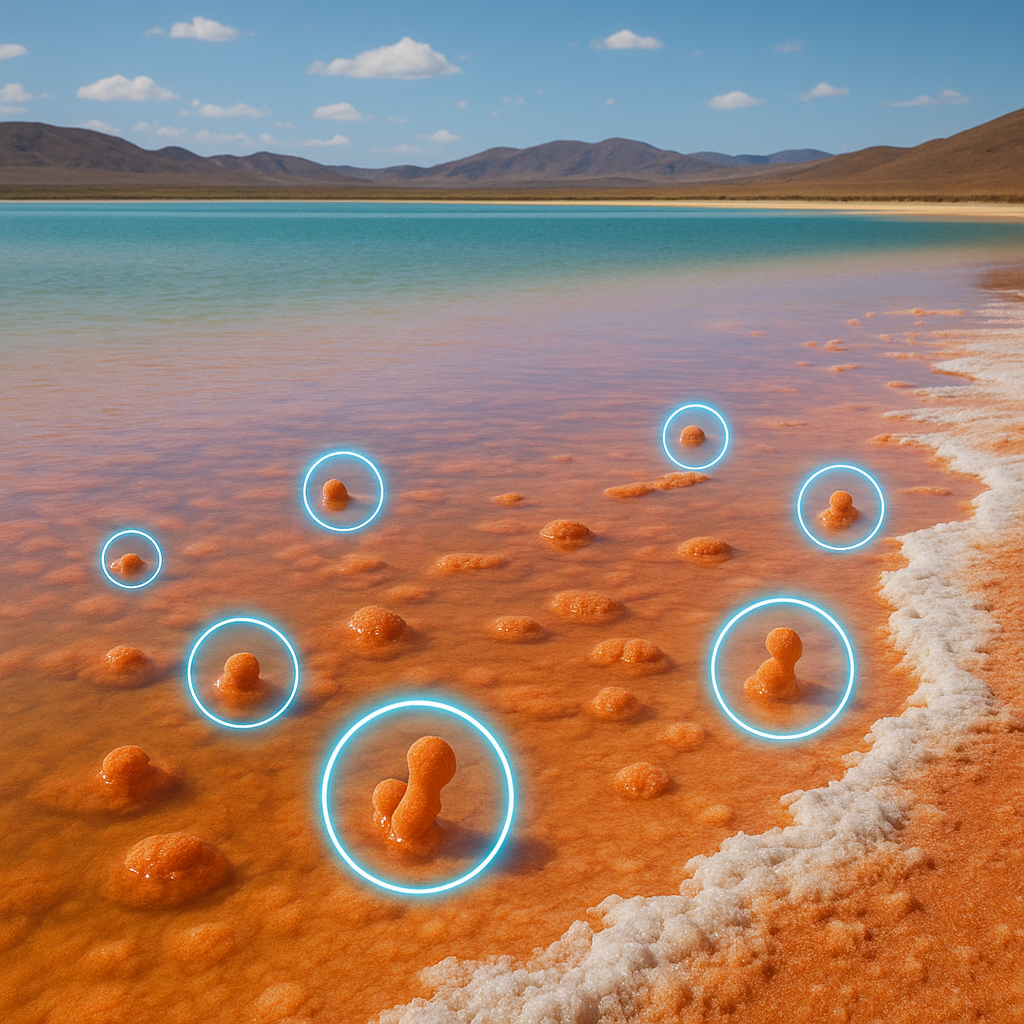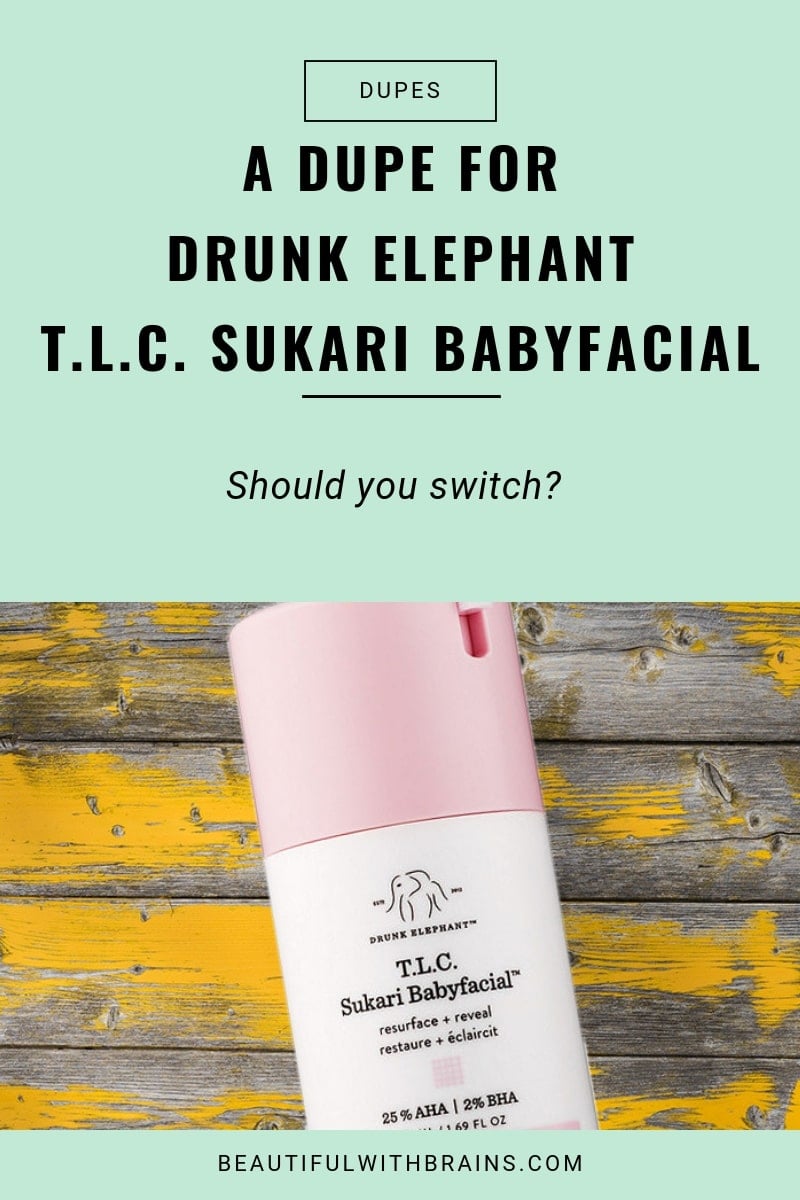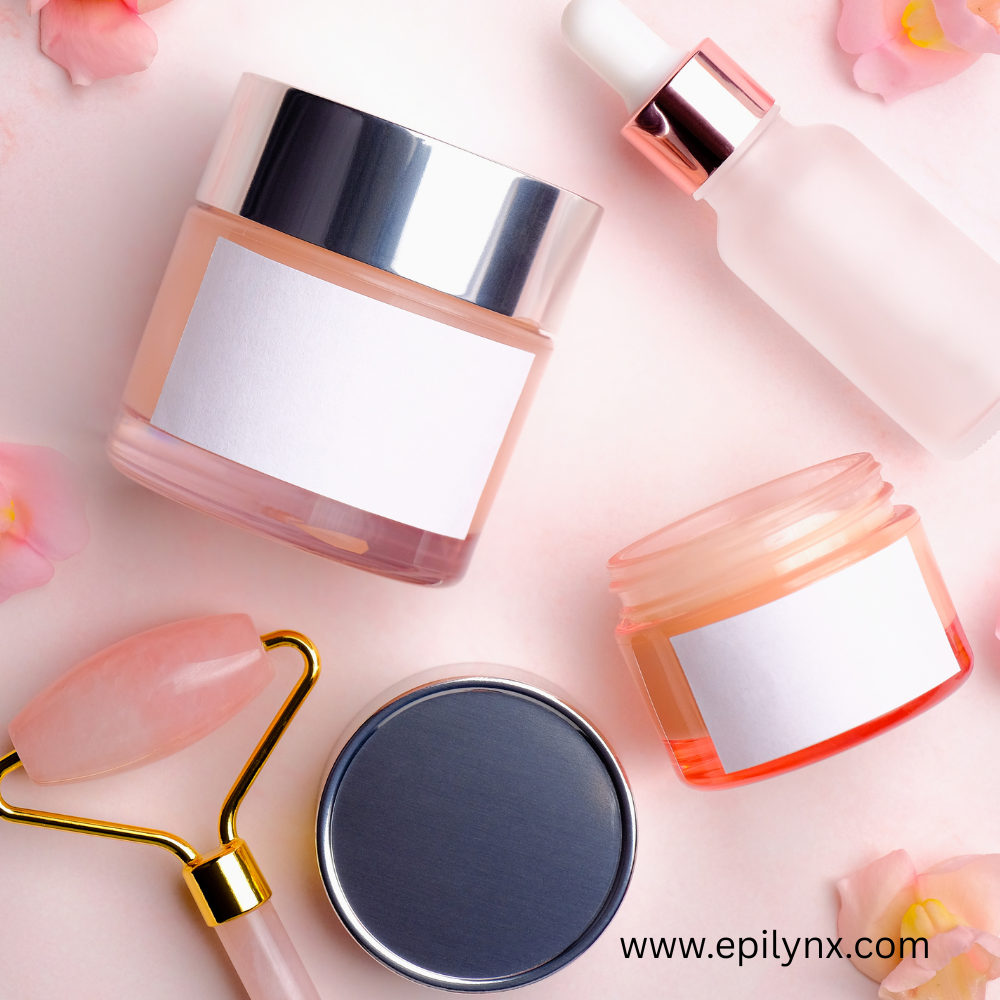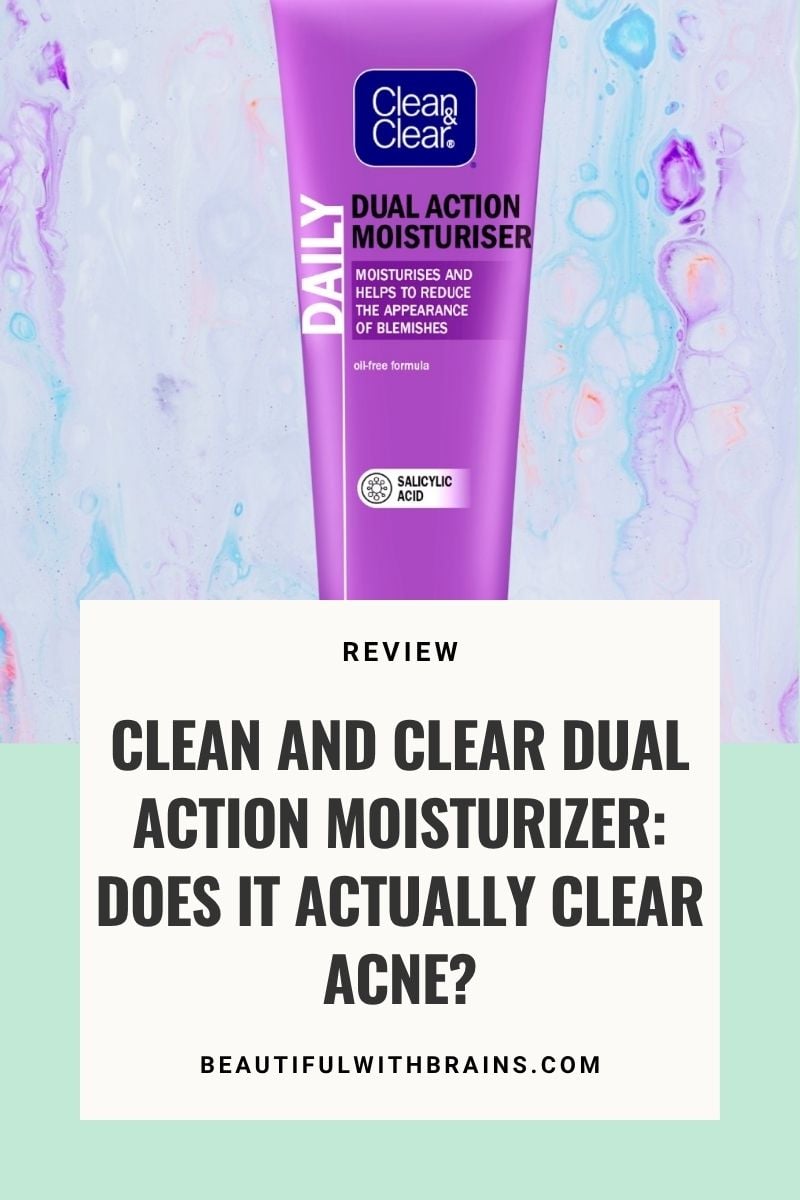Struggling with dryness, inflammation, or sensitive skin that just won’t calm down? Have you been scanning ingredient lists looking for something that will heal or protect your skin barrier, and actually work? Then ectoin, a naturally occurring science-backed solution, might be what you’ve been missing from your skincare routine. There is a bunch of emerging research on ectoin in skincare, and new products are popping up, so let’s break it down.
Ectoin is more than just another buzzword. It is a natural ingredient that has some clinical evidence and decades of biochemical basic research backing it up. It is rapidly becoming a go-to ingredient for hydration, barrier repair, inflammation control, and protection against environmental stress. And unlike many skincare fads, its benefits aren’t just anecdotal; they’re proven in peer-reviewed studies.
In this article, we’ll break down what ectoin is, why brands are excited about it, what the science says about ectoin in skincare, and how you can use this guide as your jumping-off point to explore its benefits, claims, and myths. Whether you’re new to the skincare science world or just want to separate hype from truth, this is your starting place.
What Is Ectoin?
Ectoin is a naturally occurring molecule classified as an extremolyte. Extemolytes are a type of compound produced by microorganisms that live in harsh environments like salt lakes and hot springs. They are similar to adaptogens, another class of chemicals commonly used in skincare that plants produce to respond to environmental stressors. These microorganisms create ectoin to protect themselves from extreme stress like UV rays, dehydration, and heat. So it makes sense that scientists would want to see if they can take advantage of these benefits of ectoin for skincare.

When applied to human skin, ectoin functions similarly. There is research that shows it can help skin retain moisture, stabilize cell membranes, reduce inflammation, and defend against environmental stressors. Think of it as a microscopic bodyguard for your skin cells; hydrating them, shielding them, and keeping them resilient under pressure.
How Ectoin Works: A Water Shield for Your Skin
At its core, ectoin works by forming a protective hydration shell, called the ectoin hydrocomplex, around proteins, enzymes, and cell membranes. This structured water layer keeps cells hydrated and helps them resist damage from dryness, UV rays, and pollution. This is also what makes ectoin a unique skincare active. The hydrocomplex forms acts like a physical barrier to protect your skin cells. Comparatively, most skincare actives attempt to trigger a biological function within your skin.

Although ectoin’s most proven method of protection is the physical water barrier it forms, there is also some evidence that it triggers biological functions in your skin as well.
- Activates the Nrf2 antioxidant pathway, helping cells produce their own protective enzymes.
- Reduces inflammatory cytokines like TNF-α and IL-6, calming irritated skin.
- Preserves immune balance by protecting cells like Langerhans cells, which are vital for immune response but are often damaged by sun exposure.
In short, ectoin supports your skin with physical and biological protection, helping it stay hydrated, calm, and protected under stress.
Why Ectoine Stands Out from Other Skincare Ingredients
You’ve probably seen endless products and buzzy new ingredients claiming to hydrate, soothe, and protect your skin, but very few of the newer ingredients have this level of clinical validation:
- Hydration: Ectoin is an osmolyte, which means similar to humectants, it grabs onto water and can help keep your skin hydrated. Where ectoin is a step ahead of your common humectants like hyaluronic acid in its hydration benefits is its ability to create a water complex that stays on your skin and even binds with skin cells. Clinical trials show ectoine significantly increases skin hydration and smoothness.
- Barrier Repair: Since ectoin can create those amazing water complexes that incorporate into cell membranes, clinical trials show it is great at reducing transepidermal water loss (TEWL). When your skin barrier is compromised, your skin loses a lot of water, and this is what leads to dryness, tightness, and just overall discomfort.
- Anti-Inflammatory Effects: A lot of the clinical work done on ectoin is related to dermatitis and eczema. And many of those clinical trials were done with children. These clinical studies showed, ectoin helps reduce itching, redness, and dermatitis severity, especially in sensitive skin.
- Photoprotection: Possibly one of its most unique features is ectoin’s photoprotective benefits in skincare. Although it should not be mistaken as a replacement for sunscreen. Ectoin has been shown to help enhance sunscreen’s protective abilities in the laboratory. However, there is no robust clinical evidence that it can protect your skin from damage in the real world.
- Anti-Aging Benefits: Based upon all of ectoin’s other benefits, it makes sense that it would be grouped in the anti-aging catch-all bucket. In one clinical study, 2% ectoine cream improved fine lines, elasticity, and overall skin appearance, with no reported adverse effects.

These results are what set ectoine apart from ingredients that sound good on paper but don’t hold up in trials. It’s not only marketing hype, it’s also science.
Final Thoughts: Why You Should Pay Attention to Ectoin in Skincare
The beauty and skincare landscape is filled with empty promises and trendy actives. Ectoin stands out as a unique ingredient that delivers on hydration, soothing, anti-aging, and environmental defense in a non-typical way. Backed by multiple clinical studies and supported by clear mechanisms of action, it’s more than a buzzword. It’s a functional, multi-tasking molecule with real-world results.
So whether you’re a skincare minimalist looking for one powerful ingredient, or a science-loving beauty enthusiast eager to try new things, ectoin could be a promising ingredient for you. And this series, all about ectoin in skincare, will give you the evidence-based guide you need to incorporate it into your routine successfully.
References
Alexopoulos, A., Eberlein, B., Kompatscher, P., Läuchli, S., Reimann, K., & Staubach-Renz, P. (2022). A randomized, observer-blind, vehicle-controlled multicenter trial of an ectoine and hyaluronic acid-containing cream for atopic dermatitis in children. Journal of Dermatological Treatment, 33(7), 3300–3307. https://doi.org/10.1080/09546634.2021.2000172
Fontbonne, D., Becquart, F., & Kurzen, H. (2024). Positive and ecobiological contribution in skin photoprotection of ectoine and mannitol combined in vivo with UV filters. Photodermatology, Photoimmunology & Photomedicine, 40(1), 19–29. 10.1111/jocd.15893
Heinrich, U., Garbe, B., Tronnier, H., & Wiegand, C. (2007). In vivo assessment of ectoine: A randomized, vehicle-controlled clinical trial. Skin Pharmacology and Physiology, 20(4), 211–218. 10.1159/000103204
Jeong, D., Lee, J., Jeong, H., Kim, B., & Kim, Y. (2019). The skin-whitening effects of ectoine via the suppression of α-MSH-stimulated melanogenesis and the activation of antioxidant Nrf2 pathways in UVA-irradiated keratinocytes. International Journal of Molecular Sciences, 20(19), 4941. https://doi.org/10.3390/ijms20194941
Kudryavtseva, A., & Migaliev, D. (2017). Topical ectoine application in children and adults to treat inflammatory diseases associated with an impaired skin barrier: A systematic review. Clinical, Cosmetic and Investigational Dermatology, 10, 517–531.10.1007/s13555-021-00676-9
Lefort, R., Durbec, F., & Lhomme, C. (2019). Genotoxicity of visible light (400–800 nm) and photoprotection assessment of ectoin, L-ergothioneine and mannitol and four sunscreens. Journal of Photochemistry and Photobiology B: Biology, 198, 111573. 10.1016/j.jphotobiol.2008.01.008
Reuter, S., Schiller, M., & Bauer, G. (2010). Ectoines as novel anti-inflammatory and tissue protective lead compounds with special focus on inflammatory bowel disease and lung inflammation. Inflammation Research, 59(12), 573–581. doi: 10.1016/j.phrs.2020.105389.
Wolnicka-Glubisz, A., Stachurska, A., & Zaleska, K. (2019). The influence of ectoine on the skin parameters damaged by a CO₂ laser. Applied Sciences, 9(23), 4998. https://doi.org/10.3390/app9234998










